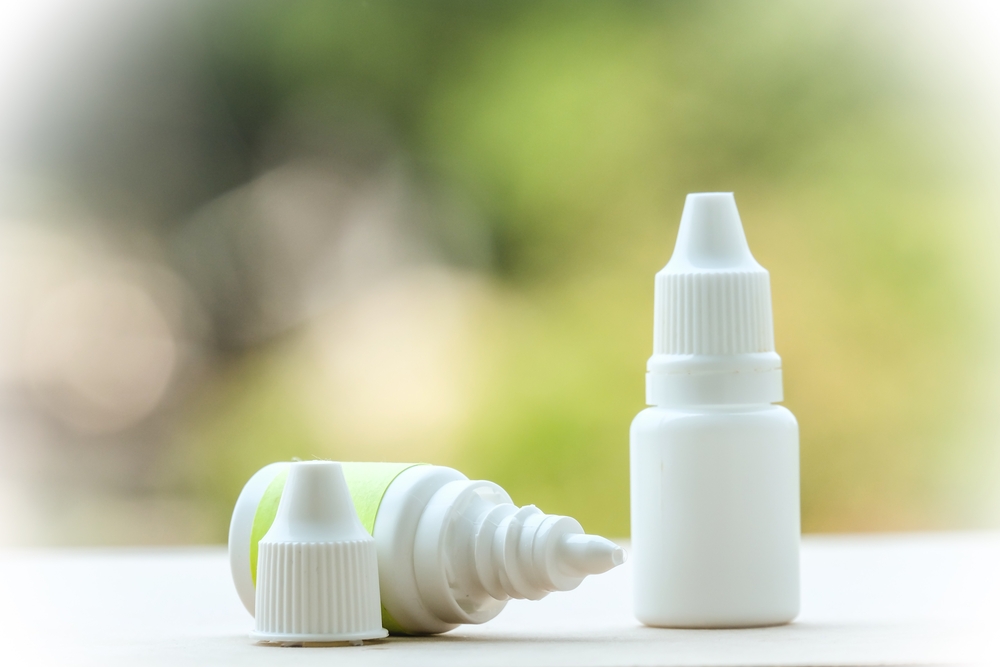
Eye drops are often the first line of treatment we reach for when we experience eye discomfort. They are readily available, easy to use, and often provide immediate relief. However, their usage is not limited to treating discomfort alone. Eye drops can also be used to manage chronic eye conditions, prevent infections, and even help in the recovery process after eye surgery.
Eye drops can also be used for diagnostic purposes. Certain types of eye drops are used by ophthalmologists during eye examinations to dilate the pupils or numb the eyes. This helps them to better assess the condition of your eyes and diagnose potential issues. Hence, the role of eye drops extends beyond mere symptom relief.
Understanding Your Eye Symptoms
Just like other health conditions, different eye symptoms can indicate different problems. For instance, redness could be due to an allergy, while excessive tearing could be a sign of dry eye syndrome.
On the other hand, if you're experiencing itchiness, it could be due to an irritant or an allergic reaction. Pain and discomfort in the eyes can also be caused by a variety of factors such as a foreign body in the eye, an infection, or even an injury.
Understanding your eye symptoms is the first step towards choosing the right eye drops. It's also important to remember that while eye drops can provide relief, they are not a cure-all solution. If your symptoms persist or worsen, it's crucial to seek medical attention immediately.
The Importance of Choosing the Right Eye Drops
The importance of choosing the right eye drops cannot be overstated. The effectiveness of the treatment largely depends on the correct selection of eye drops. For instance, using anti-allergy eye drops for dry eyes will not provide any relief as they are not formulated to tackle dryness.
Choosing the right eye drops also minimizes the risk of adverse reactions. Eye drops contain active ingredients that can cause side effects if used incorrectly or if they are not suitable for your condition. For example, some eye drops for redness can cause "rebound redness" if used too often.
Lastly, selecting the right eye drops can also prevent unnecessary spending. Eye drops can be costly, particularly prescription ones. Therefore, by understanding your symptoms and choosing the right eye drops, you can avoid wasting money on ineffective treatments.
Common Types of Eye Drops Available
There are a plethora of eye drops available over-the-counter and through prescription. Over-the-counter eye drops are usually used for common eye symptoms like dryness, redness, and allergies. These eye drops are made with ingredients that provide temporary relief from these symptoms.
Prescription eye drops are usually stronger and are used to treat more serious conditions like glaucoma, severe dry eyes, or infections. These eye drops often contain medications that help manage these conditions.
For instance, artificial tears are a common type of over-the-counter eye drops for dry eyes. They replace the moisture your eyes are missing and provide temporary relief from dryness and irritation. On the other hand, prescription drops for dry eyes often contain cyclosporine or lifitegrast, which help increase your eyes' natural ability to produce tears.
Prescription Drops for Dry Eyes: When Over-the-Counter Isn't Enough
Over-the-counter eye drops for dry eyes can provide temporary relief, but sometimes, they may not be enough. This is especially true for those with chronic dry eye syndrome. In such cases, prescription drops for dry eyes may be necessary.
Prescription eye drops for dry eyes work differently from over-the-counter ones. They not only provide moisture but also help your eyes produce more tears. They can also reduce inflammation that often accompanies severe dry eye syndrome.
Tips for Choosing Eye Drops for Your Specific Symptoms
Choosing the right eye drops for your symptoms can be overwhelming, given the wide array of options available. Here are some tips to help you make a better choice:
Understand your symptoms: As mentioned earlier, understanding your symptoms is the first step towards choosing the right eye drops. If you're unsure, seek medical advice.
Read the label: The label of the eye drops will provide information about the active ingredients and their purpose. This can help you choose the eye drops that are most suitable for your symptoms.
Consider your lifestyle: If you wear contact lenses, make sure to choose eye drops that are safe for use with contacts. Similarly, if you have a busy lifestyle, you may want to opt for long-lasting eye drops that require fewer applications.
Consult an eye care professional: If over-the-counter eye drops are not providing relief, it may be time to consult a healthcare professional for a prescription.
The Role of a Doctor in Choosing the Right Eye Drops
While over-the-counter eye drops can be easily purchased without a prescription, it's always a good idea to consult an eye care professional when choosing eye drops. An optometrist can provide a proper diagnosis of your symptoms and recommend the appropriate eye drops for your condition.
The optometrist can also provide information on how to use the eye drops correctly and the potential side effects to look out for. They can also give advice on when to seek further medical help if your symptoms persist or worsen.
Consult with an Optometrist Today
Choosing the right eye drops for your symptoms is a crucial step towards achieving better eye health. By understanding your symptoms, reading the labels, and consulting an optometrist, you can ensure that you're making the best choice for your eyes.
While eye drops can provide relief, they should not be used as a substitute for regular eye check-ups and proper eye care. Always prioritize your eye health and seek medical attention when necessary.
For more information on the right eye drops for your symptoms, visit Refined Eyecare Optometry at our office in Torrance, California. Call (310) 214-0409 to book an appointment today.







